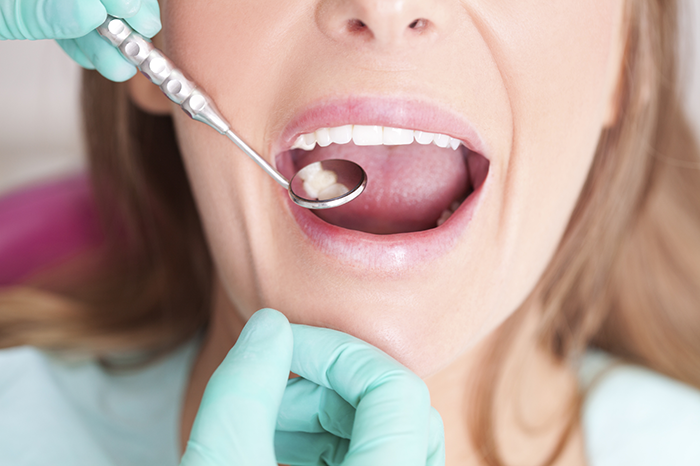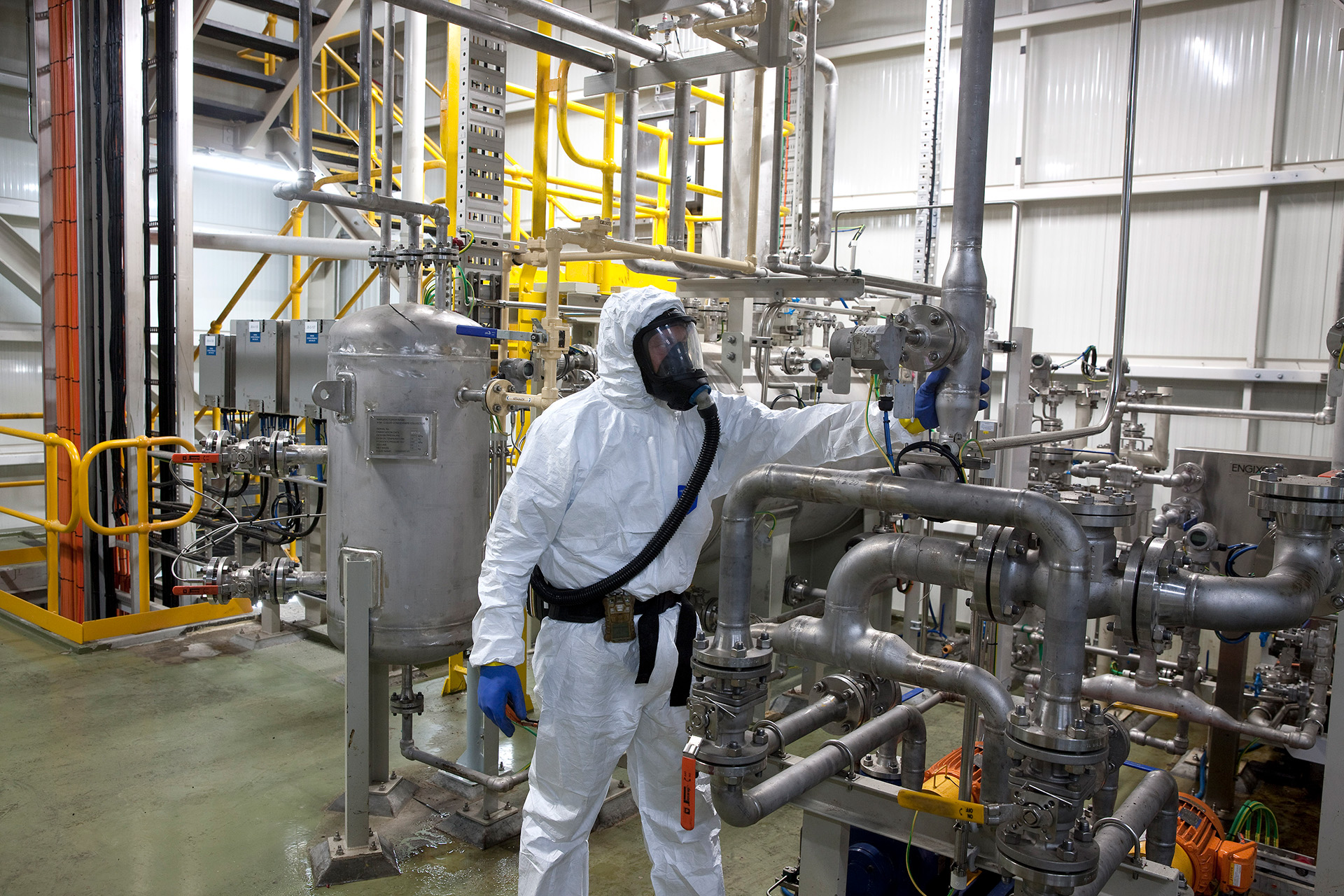When talking about global pollution problems it’s tempting to focus on big, impressive numbers but these tend to obscure the personal impacts that pollution can have.
A new report, Mercury Monitoring in Women of Child-Bearing Age in the Asia and the Pacific Region, reveals the consequences of mercury pollution at a more personal scale.
It does so by measuring mercury levels in 234 women from six countries in Asia and the Pacific: Cook Islands, Kiribati, Marshall Islands, Tuvalu, Nepal and Tajikistan.
The study measured the concentration of mercury in hair samples from women aged between 18 and 44.
The reason for testing this age group is that mercury affects neurological development both before and after birth. But while babies and children are at greatest risk from mercury, adults are also affected.
Disturbing results
The level of mercury in hair at which adverse health effects begin to occur is 1 part per million (ppm) for the sampled person.
That may not be a ‘safe’ level for their children, as negative developmental effects may occur at lower levels.
In light of this reference level, the results are quite disturbing. This was particularly the case for women living in the Pacific nations.
With the exception of Tuvalu, the average level of total mercury in women’s hair ranged from 3.25 ppm in the Marshall Islands to 3.67 ppm in the Cook Islands. Even in Tuvalu the average level was nearly twice the reference level at 1.99 ppm. The highest level recorded in any of the participants from the Pacific was 8.51 ppm.
Of the 150 participants from the Pacific, 144, or 96% exceeded 1 ppm. The cause? A diet that is rich in seafood, particularly the large predatory fish in which mercury concentrations are highest.
Mixed results
The results from Nepal and Tajikistan were mixed.
None of the subjects in Tajikistan exceed 0.7 ppm, and the average for 31 women was just 0.06 ppm.
This was despite the sampled group living within a few kilometres of a coal-fired power station and a cement production plant.
Both types of facility are listed as point sources of mercury emissions in Annex D of the Minamata Convention, so can emit significant amounts of mercury.
Occupational hazard
In one location in Nepal, results were relatively low, averaging 0.67 ppm even though the community that was sampled ate predatory fish from a lake that received waste from, amongst other sources, dental clinics.
The results were much worse for women in the Kathmandu Valley who manufacture religious idols using a mercury-based version of gold plating.
While their average hair mercury levels were similar to the Pacific, at 3.62 ppm, one subject recorded the highest level in the entire study, at 28.46 ppm.
No room for complacency
The highly toxic version of mercury that turns up in fish, methylmercury, is volatile and can be blown around the globe.
The mercury released from a dumped fluorescent tube in Hobart or Sydney can end up in the bodies of women and children in the Cook Islands or Tuvalu.
The Minamata Convention seeks to reduce mercury pollution, but it will take time to deliver results.
In the meantime, Ecocycle has developed state-of-the-art facilities to safely recycle a wide range of mercury-containing wastes, to stop this toxic metal entering the environment.
However, we can only do this with the help of the individuals and organisations that are the source of that waste.
So, why not take a tour through our news section, and see all the different ways you can help prevent mercury pollution by establishing simple workplace recycling programs.






